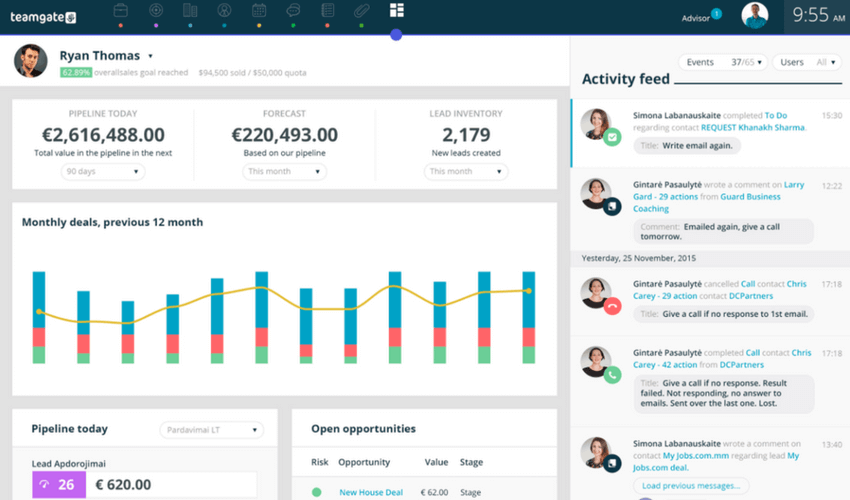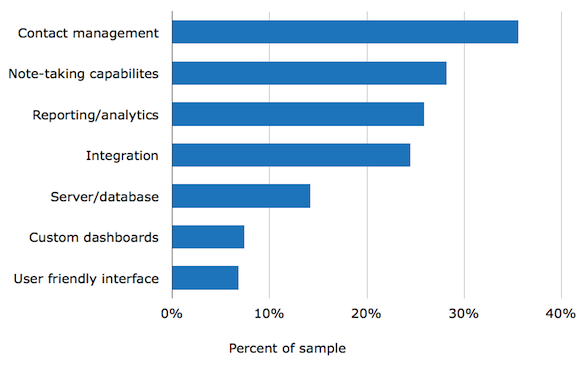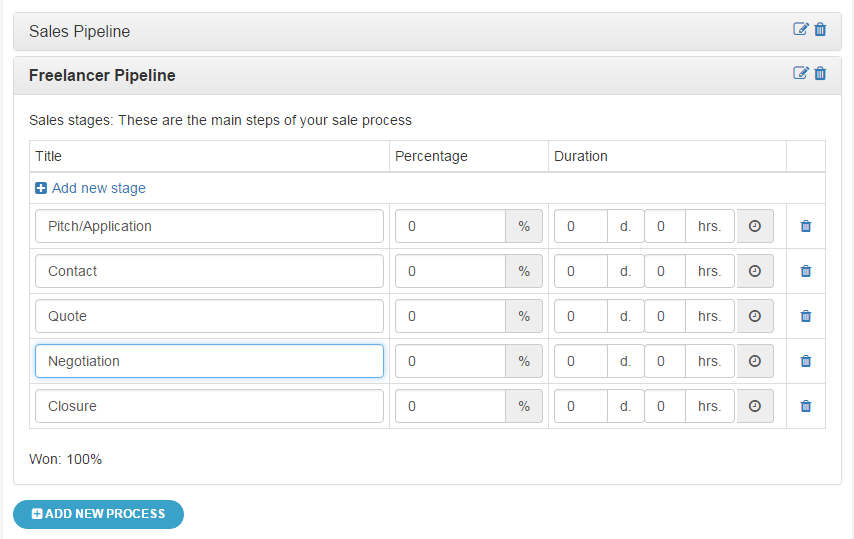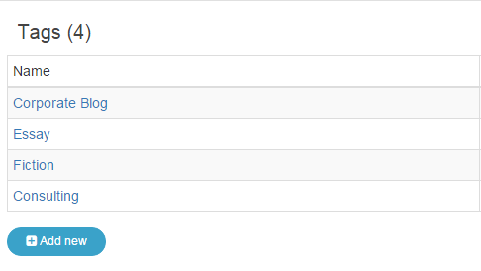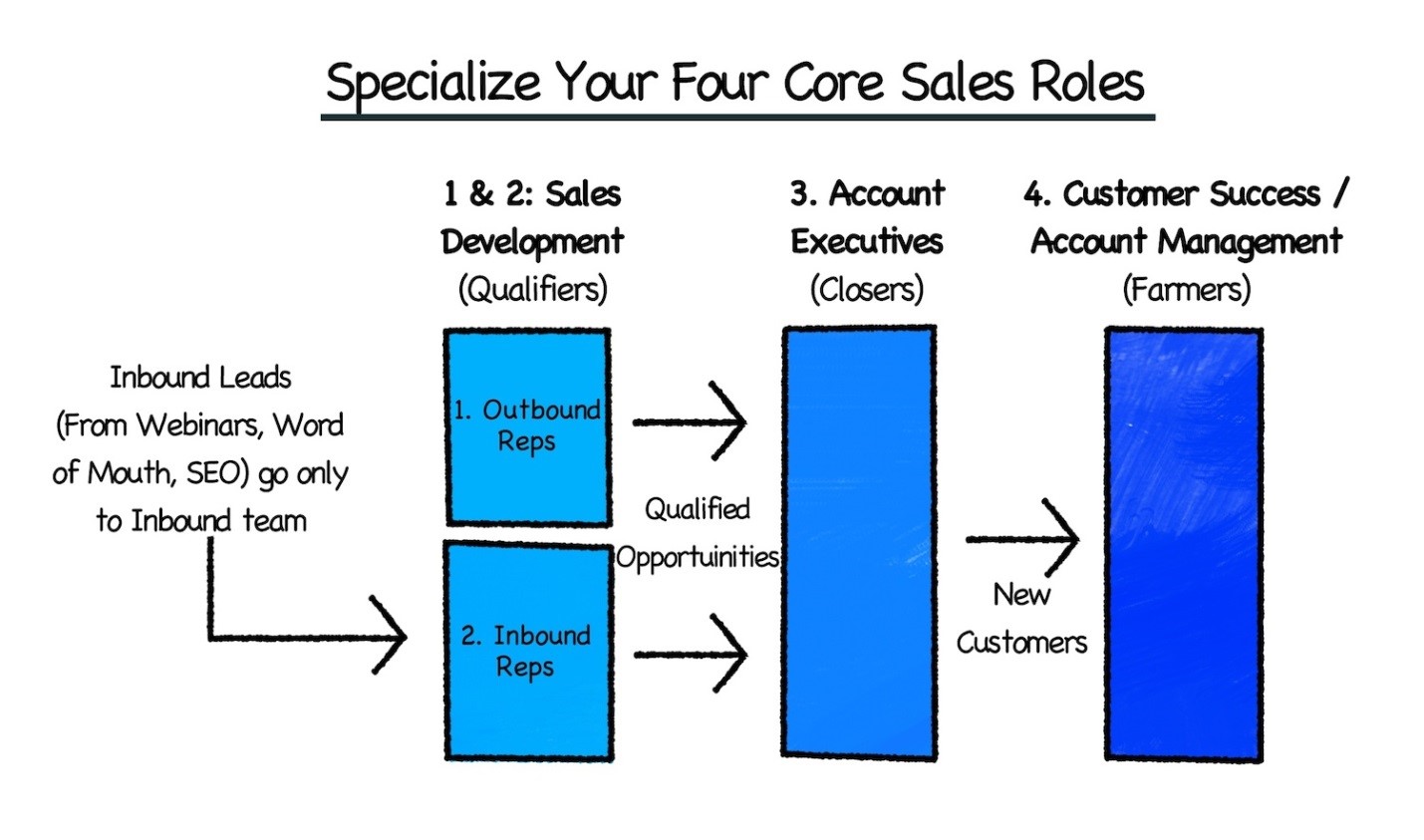Every team is important, but your sales reps are under a lot of pressure to convert your leads into customers. Without your sales reps, your business is in real trouble. So it’s important to make sure they’re operating at the peak of their potential by monitoring their performance.
There are many articles out there that focus on monitoring the performance of your sales reps, but we believe that employees are entitled to trust and privacy from their employer.
How do you balance their need for privacy while collecting the necessary data to analyze performance?
Introduction to workplace privacy
You’ve hired your staff because you believe they’re the best people for the job. Don’t insult them by monitoring every single interaction they have with your clients or customers.
In some instances, such as for legal reasons, strict monitoring of all employee communications is advised. But for the purposes of improving sales performance, you should focus on the sales data rather than private correspondence.
Effective monitoring yields result for both employees and employers. It’s motivating for staff because it highlights the areas where your reps are doing well, and also shows them objectively where they can improve.
Firsthand experience
As the CEO of your company, it’s essential for you to know what your staff is up to, without infringing on their privacy.
With the best of intentions, staying in the ivory tower can’t provide you with reliable insight into your team’s performance. Data should be combined with personal observation to generate well-rounded results. Spending a day with your team gives you a direct experience of their frontline work, and also makes them feel valued.
![]()
For example, you may have one team member who isn’t performing as well as the others. If you only look at the data, you might see them as the underdog. Direct observation shows you they’re picking up the slack for the rest of the team by providing day-to-day customer service.
This kind of insight can suggest that you may need to hire a receptionist or an admin assistant to deal with your clients’ general inquiries. You’re using data and observation to support your sales reps.
Using a sales CRM for your team
Monitoring your employees with analytics is not about singling out individual team members but viewing their performance in light of the whole team. Rather than spying on your staff, you can use a CRM tool to work for your team by providing a 3D picture of their sales.
A sales CRM is a valuable tool for collecting the necessary data about your team’s activities. All sales activities are recorded in the CRM for anyone to refer back to.
More than just a CRM, Teamgate is a complete sales stack for your team. It offers the capability for you to generate objective data to improve your future sales strategy. It also helps you forecast your future sales income, over the next month and for all-time. It’s easier to turn leads into customers with a handy sales funnel.
Monitoring sales insights
No one wants to trawl through boring reports, especially high-pressure sales reps who have their eye on making their next commission.
With a CRM like Teamgate to manage your sales activities, your reps are relieved of the need to keep manual records. All of your data is centralized in one place and can be easily imported or exported.
Teamgate CRM offers intelligent, actionable insights into your sales activity that can tell you where you could improve your operations. For example, Pipeline Trajectory tells your reps when they should reach out to leads with a specific action, meaning no more guesswork.
The goal is to accurately monitor your sales insights without targeting individual employees. You’ll uncover problems with your sales strategy if it turns out lots of reps are having difficulties in the same area.
Using your data to reward sales reps
It’s not about punishing your employees when things go wrong, but rewarding their efforts when they do well.
Highlight the achievements of your reps with a monthly ‘Sales Star’ award. This positively reinforces your employees’ behaviour and motivates them to continue.
You can even set up sales goals in Teamgate so that your team is automatically motivated every day. They can even compare their results with their colleagues in friendly competition.
Making the most of the sales calls
Phone calls are a channel that is especially prone to losing valuable data. If no one records interaction with your potential customer, you may lose them at a critical point in their journey.
Teamgate SmartDialer is the dialling system you’ve been waiting for to take a headache out of calls.
Teamgate SmartDialer features:
- Integrates with our sales CRM so you can access your customer data and easily manage relationships.
- Enables you to make calls directly from Teamgate in the browser for maximum efficiency and user experience.
- Records conversations so reps can review their calls at a later date. This ensures that nothing valuable is lost in the unpredictable environment of a busy modern workplace.
- Connects your sales reps with their prospects so incoming phone calls are routed to the right person, every time. Your prospects will be impressed with their personalized experience and pleased that they weren’t accidentally passed between team members like a hockey puck.
Takeaways
Sales reps use their personalities and powers of persuasion to demonstrate to prospective customers exactly why your products would benefit them. They work on the frontline in a stressful environment and face constant rejection. Don’t make their jobs harder for them by monitoring your staff like Big Brother.

Always assume your sales people are doing the best they can with the resources you’ve given them. If there’s room for improvement, and there always is, smart CEOs know they can usually change their processes to empower their staff.
As a CEO, you can work together with your reps to make their lives easier. Provide them with actionable insights on their performance based on real data. Teamgate offers the perfect blend of sales metrics and automates mundane tasks, without compromising the privacy and independence of your sales team.
